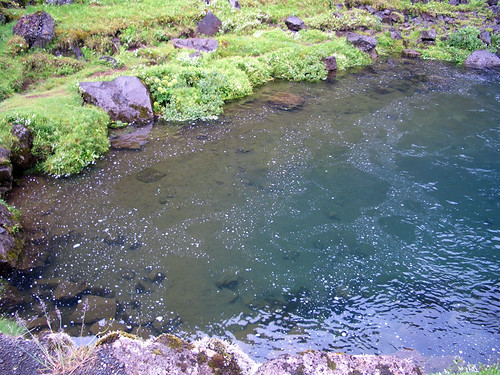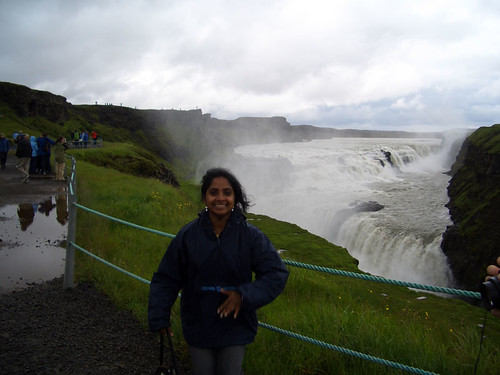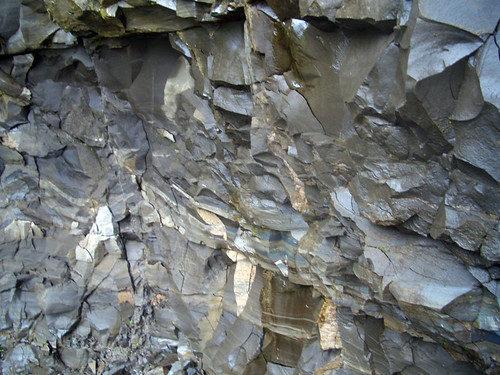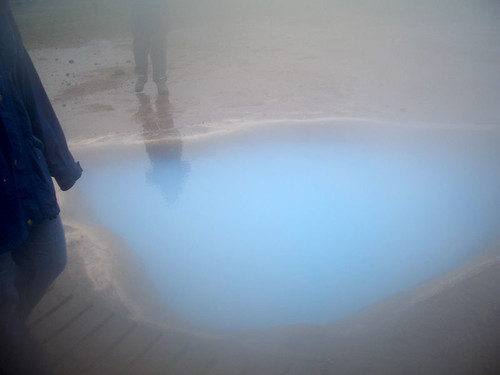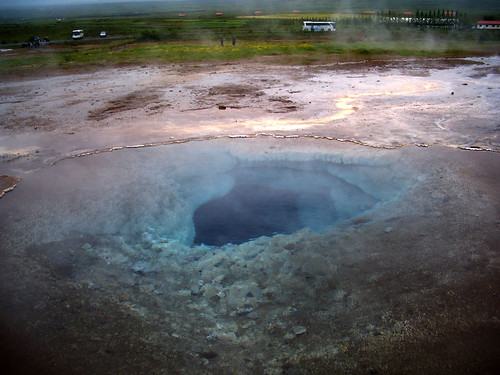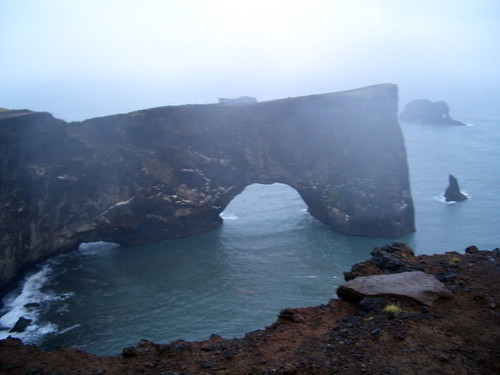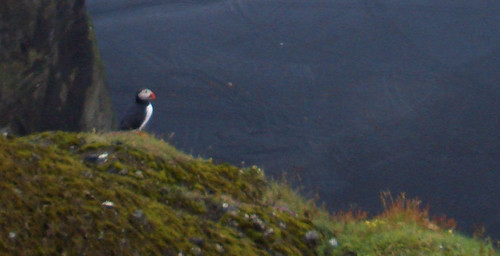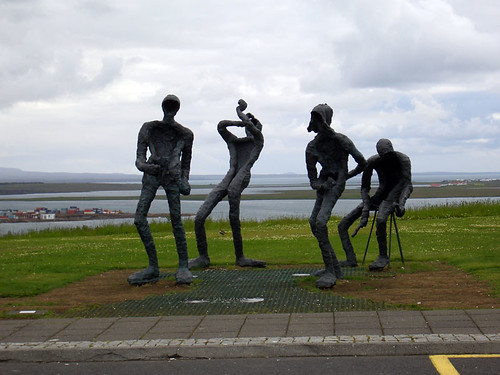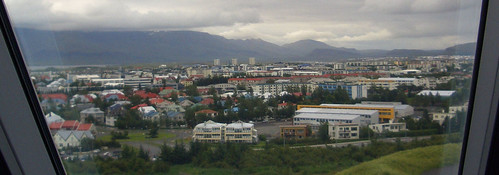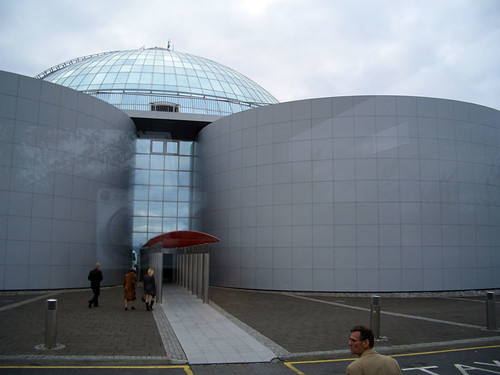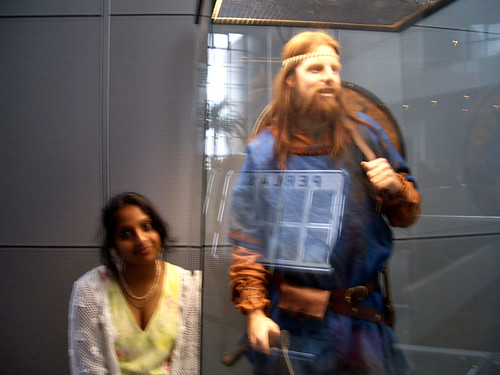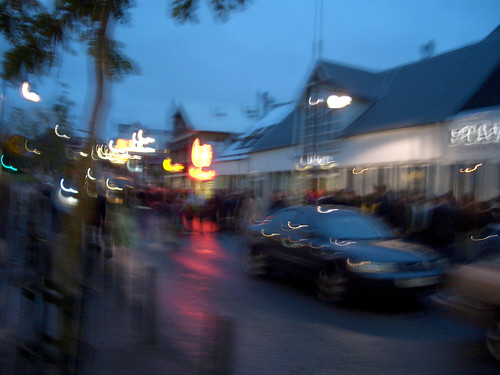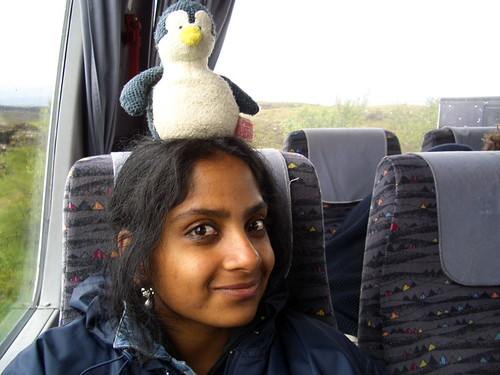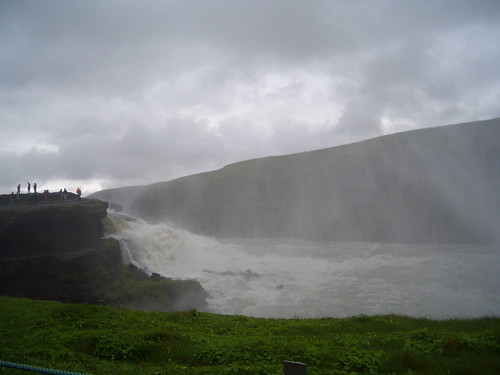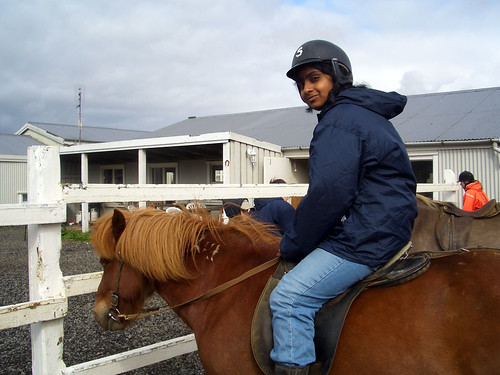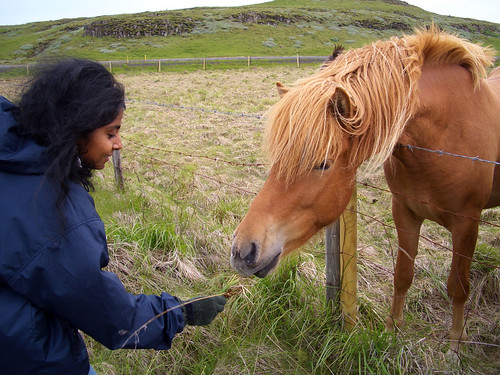Jonathan Caverly, one of the soldier-scholars (actually, sailor-scholar) who's filling out Intel-Dump while Phil Carter gets ready to be deployed to Iraq, has a post on a proposed plan for a new Naval expeditionary comabat battallion of soldiers, a group of 600 sailors who occupy a middle ground between regular sailors and Navy SEALS. Writes Caverly:
I’m not sure its 600 sailors will do much to relieve the Army or Marine Corps in Iraq, but it may aid the credibility of American small scale force elsewhere while much of the rest of the US military is tied down. . .In short: is this a sign of integrated operations without the jointness? . . .Nonetheless, the former sailor in me is pretty interested. It could develop into a real source of pride for the Navy as a whole. It’s also a time-honored tradition; I am proud to say that the only landing on mainland Japan before WWII hostilities ceased was accomplished by a submarine crew.The notion of a landing on mainland Japan before the cease of hostilities caught my eye, and the linked Wiki article on the daring career of Rear Admiral Eugene B. Fluckey is worth a read, though it doesn't go into much detail about the landing party's destruction of a coastal rail line. But I'd never seen Wiki histories of actual Naval ships--take a look at the history of the one and only McCormick: it's dizzying in its switchbacks from the Atlantic fleet to the Pacific, which is all the more astonishing when you realize that any such switch required passage through the tropical (and at the time) fairly new Panama Canal. There's something mildly delightful about reading "her" biography.
She started with a year in the Pacific fleet, diplomatic capacity in the Mediterranean, then flagship for the Yangtze River Patrol. I had no idea that the American Navy routinely plied Chinese waters before World War II: "In the early 1920's the patrol found itself fighting the forces of deadly warlords and ruthless bandits, then, in the late 1920's, Chiang Kai-shek and the Northern Expedition, created a volatile military situation for the patrol along the Yangtze." She sat decommissioned in San Diego for a few years, before being brought into the preparations for war, going back and forth between Iceland and the US, and then up and down from Hailifax all the way to Argentina. She escorted convoys to Casablanca, in Morocco, and picking up prisoners from defeated U-baots. McCormick made more stops in Europe as the Allies gained control, before being repaired and then decomissioned at the end of the war. But look at that list--The Mediterannean, Turkey, China, Iceland, Argentina, Morocco, Panama--what a life!
Of course I realize this is all just Wiki; one of these days I'll look it up in a less changing Encyclopedia. In realistic literature and journalistic writing it is overly fanciful to anthropomorphize (gynomorphize?) a ship and consider "her" biography in any emotional detail, but it's okay in the realm of fantasy. Shipping and sailing, both military and mercantile, has remained dependably adventurous over the years, despite the advances of technology. Even in times of great peace there will always be pirates and disasters, and therefore even in times of greatest peace we will always require a great Navy--ships like the USNS Mercy in her Operation Unified Assistance work, aiding the Indonesian Tsunami victims. I wonder what the future holds for our Naval cast of Characters.
